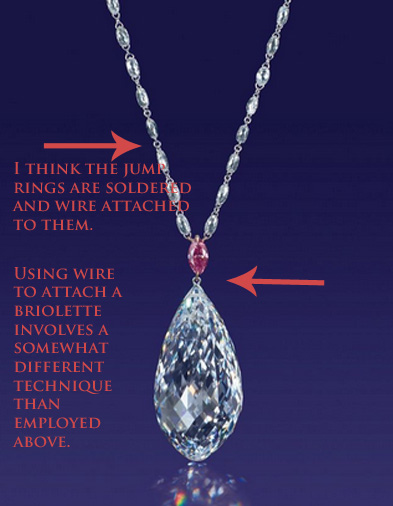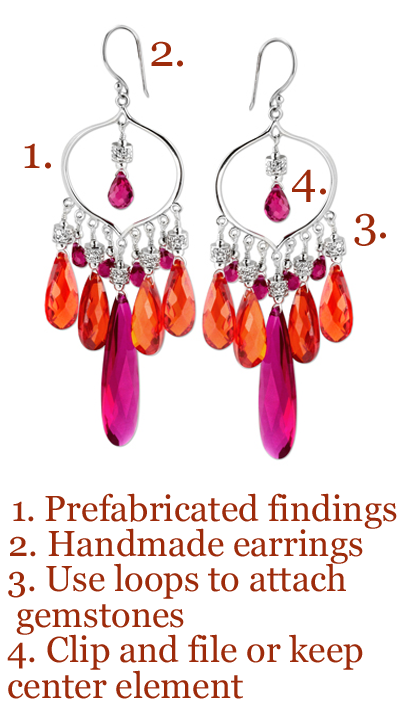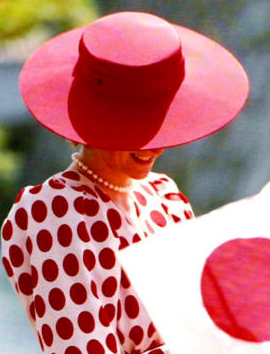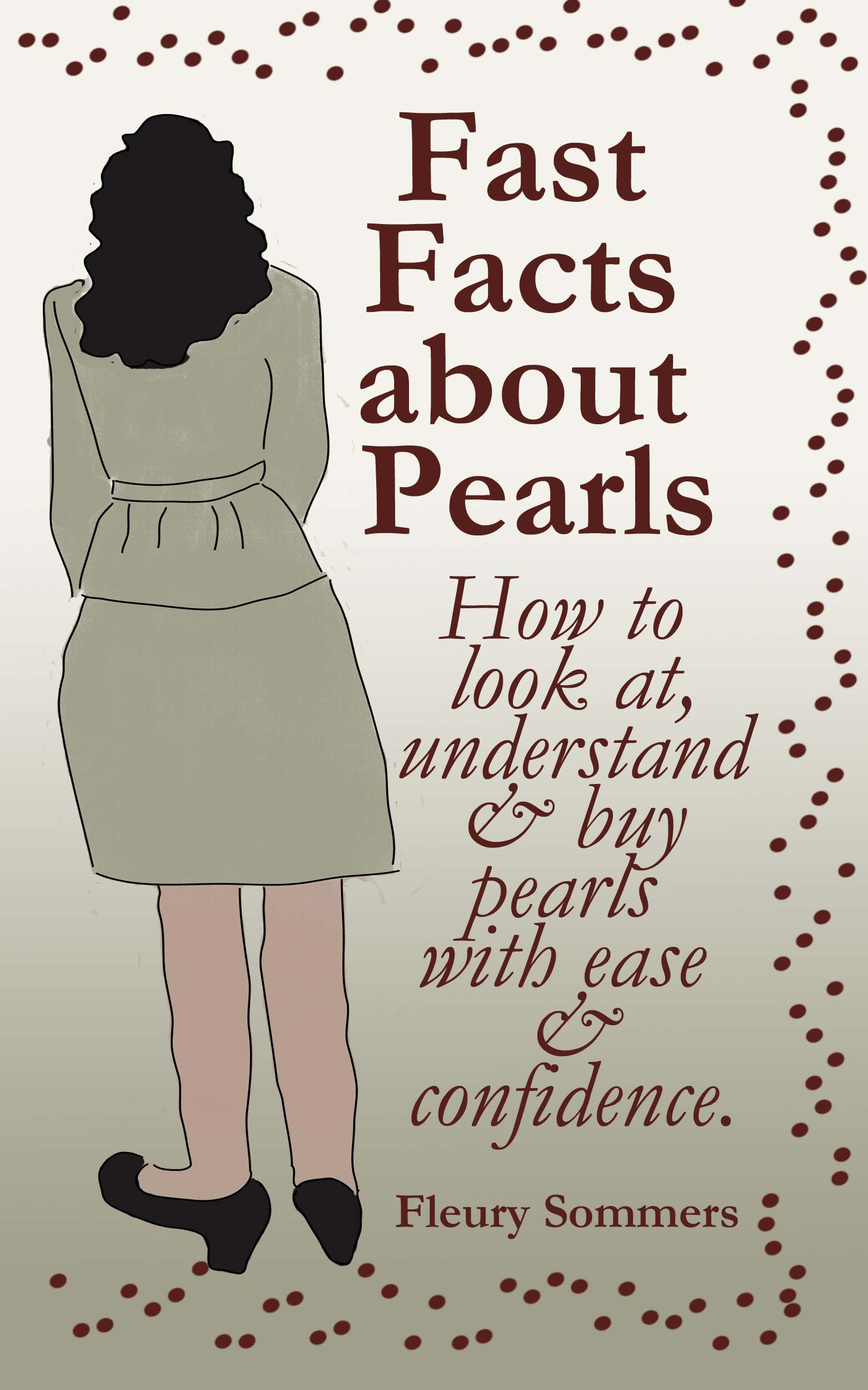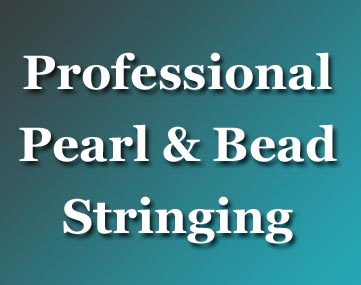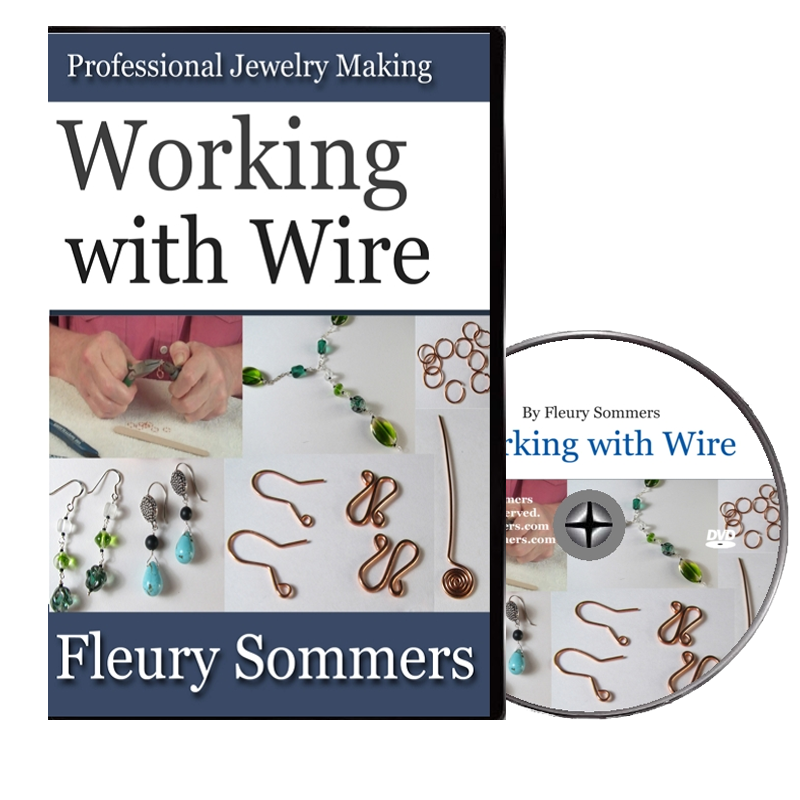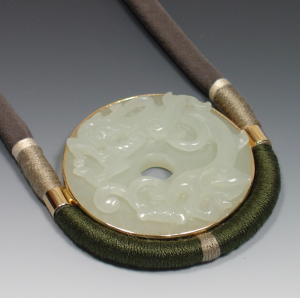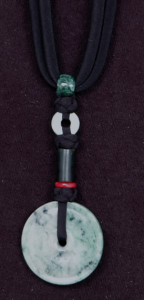I very rarely, if ever, approach the topic of politics. However, when a bill is introduced and passed by one chamber of Congress and the law would have an egregious impact upon the jewelry making community, we should know about it, discuss it and decide whether it’s in our best interest.
The bill is the Marketplace Fairness Act, passed as the Enzi amendment to the Senate’s first budget resolution in four years. The bill would allow the states to form a cartel and compel on-line retailers to collect sales taxes for 10,000 distinct tax jurisdictions.
The amendment passed 75-24 with 26 Republicans supporting it.
Here are arguments for and against the legislation.
Proponents
Proponents of the bill say it’s a matter of fairness. Brick and mortar enterprises have to collect taxes for their states. If consumers can get it on the internet without paying state tax, then that constitutes an unfair advantage.
More practically, states need revenue and this would be a new revenue stream.
Opponents
Opponents say that collecting taxes for 10,000 distinct tax jurisdictions would place an undue burden on small businesses operating on-line. (The 10,000 number comes from the fact that many of the 50 states have several state taxing entities, including city and county. In Texas, for example, state sales taxes are collected by the state, and by the counties and cities in which the company does business.) Brick and mortar businesses have to collect sales taxes only for their state.
Opponents also say that small brick and mortar stores can also compete on-line without major capital investments. (I think this is true. It’s hard to think of a retailer these days who doesn’t have a website.)
An internet sales tax would be very hard to collect. Governments would have to monitor the millions of sites on-line that sell products and services. This would have the effect of growing government at all levels.
Questions and Consequences
Here are some of my questions:
The major on-line retailers such as Amazon have the resources to collect sales taxes in all these taxing jurisdictions, however, there is no doubt it would be an expensive proposition. Would those costs be pushed on to consumers in the form of increased prices for Amazon products and/or decreased commissions for Amazon consignment vendors?
Would jewelry makers who sell their work on websites such as Etsy have to collect sales taxes for all 10,000 taxing entities? Similarly, Ebay sellers?
Although it appears that brick and mortar stores would be exempted from the requirements, would the proposed law have the effect of shutting down the ability of consumers to buy from their websites?
What impact would this have on such jewelry supply companies as Fire Mountain Gems and others which may have a major web presence, but which are in actuality small companies? Would they have the resources, manpower and software, to comply with these requirements?
Conclusion
The major argument in favor of the measure is that the internet has provided vendors an unfair advantage over brick and mortar stores because they don’t collect sales tax. What this argument ignores is the fact that any brick and mortar store can create a website for very little money. Conversely, on-line vendors don’t have the capital to build/rent/or buy buildings, stock inventory and hire salespeople. So, while the legislation is presented as “fair” in reality, it is anything but.
A second argument in favor of the measure is that brick and mortar stores have to collect sales tax while on-line vendors do not. However, under the measure, on-line vendors would have to collect the tax for 10,000 taxing jurisdictions. Brick and mortar operators only have to collect for their states. So, again, the impact on on-line vendors would be anything but “fair.”
I suspect that if the legislation is enacted, there will be exemptions for retailers under certain income brackets, say, $10,000 or less. However, I also suspect that any on-line vendor will have to comply with new reporting obligations.
For your information, the legislation is supported by Walmart and state governors.
Here is a link to the bill. https://www.govtrack.us/congress/bills/113/s336

